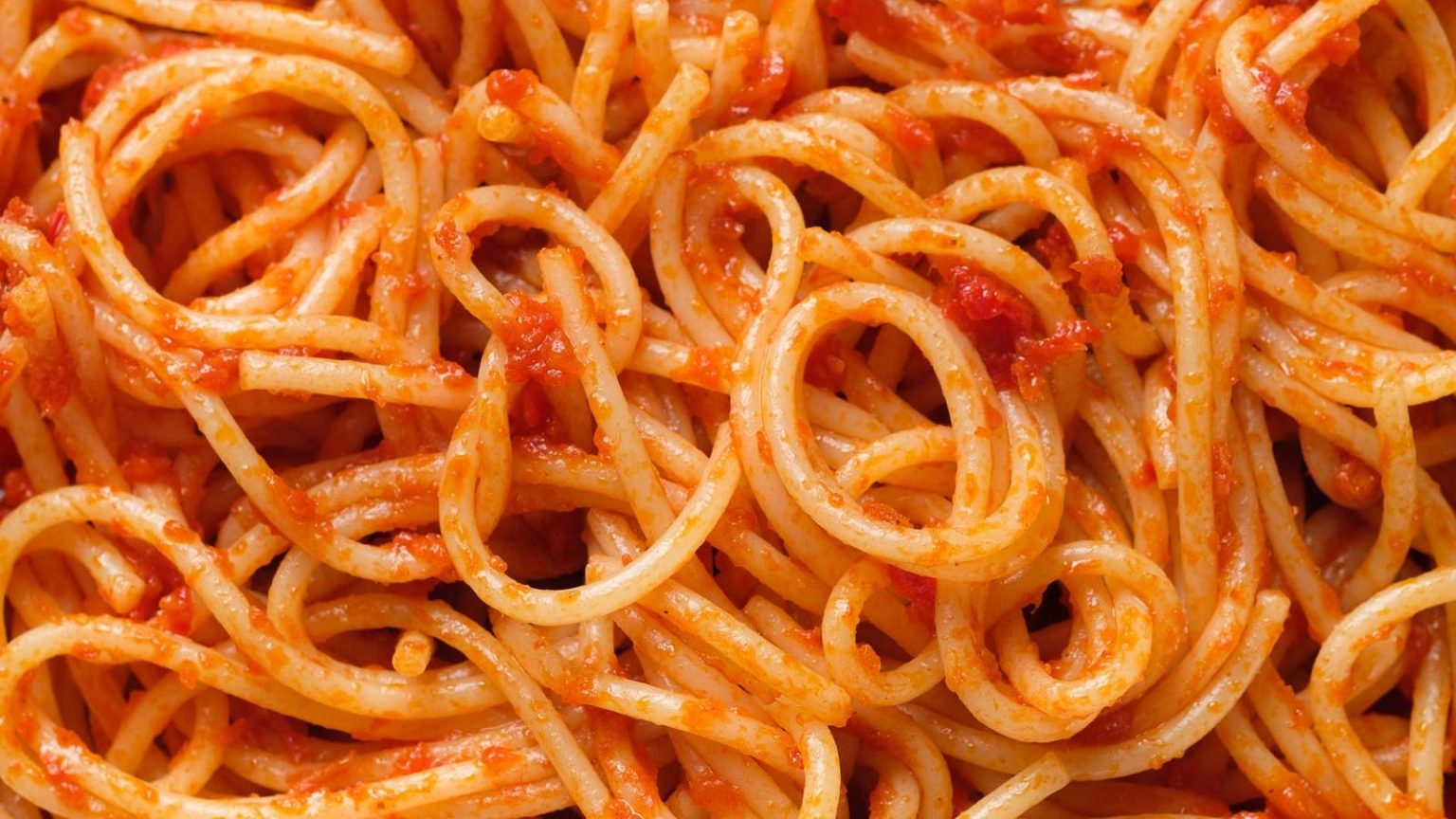Is your state the sauciest? A new study from Instacart looks at sauce trends across the United States, determining which sauces reign supreme from coast to coast and in between. And with so many beloved restaurants entering the jarred sauce game– Carbone, for example – , it’s certainly a competitive market to stand out in.
While states very much have their preferences, there are trends that unite the country. According to Instacart’s data, marinara sauce is the most popular sauce in America, accounting for 20% of all pasta sauce purchased throughout 2024. The next popular is alfredo, which totaled 17% of pasta sauce sales, followed by tomato basil at 16%. And arguably, isn’t tomato basil just another form of marinara?
“Marinara remains America’s favorite pasta sauce, and our data shows that four out of the five most popular sauces are tomato-based, reinforcing their enduring appeal,” Alex Orellana, Instacart’s Trends Analyst, shared in a statement “Alfredo sauce takes the number two spot closely behind marinara, also making it a popular choice amongst Americans. What’s interesting is the regional purchase patterns for marinara and alfredo across the country, with marinara dominating almost everywhere except for a small pocket largely in the Midwest and South. This illustrates how food purchasing choices we make could be largely influenced by where we live.”
In the lower half of sauce sauce is pesto, ranking sixth on the list with 7% of sales, meat sauce falls in eighth, at 5% of sales and vodka sauce is in ninth place at 3% of sales. Spicy sauces are pretty rarely purchased. At the bottom of Instacart’s rankings are arrabiata (.9%), spicy tomato (.1%) and puttanesca (.02%).
Regional Sauce Trends
“America’s love for marinara comes as no surprise – it’s a classic, versatile choice that works for a number of weeknight meals,” Orellana shared with Forbes. “What caught our eye, however, are the unique regional favorites across the country. In New York, consumers opt for spicy arrabbiata, while Midwesterners gravitate toward hearty, slow cooked bolognese. These distinct local preferences show how regional traditions and tastes shape the comfort foods we know and love, like pasta sauce.”
Across the country, Instacart found that Iowans consume the most pasta sauce, ordering it 49% more often than the national average. The Midwest and Northeast are the biggest consumers of sace nationwide, with Wisconsin ordering 46% more sauce, West Virginia ordering 43% more, Delaware ordering 36% more, and South Dakota ordering 35% more. Lower on the sauce scale were states like California, which ordered 30% below the national average, plus Idaho and Maine, both at 28% less than the national average.
America’s Most Popular Sauces, by State
Eager to see which sauce is most popular in your state? Data below:
Alabama
Tomato Basil Sauce
Alaska
Marinara Sauce
Arizona
Marinara Sauce
Arkansas
Alfredo Sauce
California
Marinara Sauce
Colorado
Marinara Sauce
Connecticut
Marinara Sauce
Delaware
Tomato Basil Sauce
District of Columbia
Marinara Sauce
Florida
Marinara Sauce
Georgia
Alfredo Sauce
Hawaii
Marinara Sauce
Idaho
Marinara Sauce
Illinois
Marinara Sauce
Indiana
Alfredo Sauce
Iowa
Marinara Sauce
Kansas
Marinara Sauce
Kentucky
Alfredo Sauce
Louisiana
Alfredo Sauce
Maine
Marinara Sauce
Maryland
Tomato Basil Sauce
Massachusetts
Marinara Sauce
Michigan
Alfredo Sauce
Minnesota
Marinara Sauce
Mississippi
Alfredo Sauce
Missouri
Tomato Basil Sauce
Montana
Marinara Sauce
Nebraska
Marinara Sauce
Nevada
Alfredo Sauce
New Hampshire
Marinara Sauce
New Jersey
Marinara Sauce
New Mexico
Marinara Sauce
New York
Marinara Sauce
North Carolina
Alfredo Sauce
North Dakota
Alfredo Sauce
Ohio
Marinara Sauce
Oklahoma
Tomato Basil Sauce
Oregon
Marinara Sauce
Pennsylvania
Marinara Sauce
Rhode Island
Marinara Sauce
South Carolina
Alfredo Sauce
South Dakota
Alfredo Sauce
Tennessee
Alfredo Sauce
Texas
Marinara Sauce
Utah
Marinara Sauce
Vermont
Marinara Sauce
Virginia
Marinara Sauce
Washington
Marinara Sauce
West Virginia
Tomato Sauce
Wisconsin
Marinara Sauce
Wyoming
Alfredo Sauce
Read the full article here





